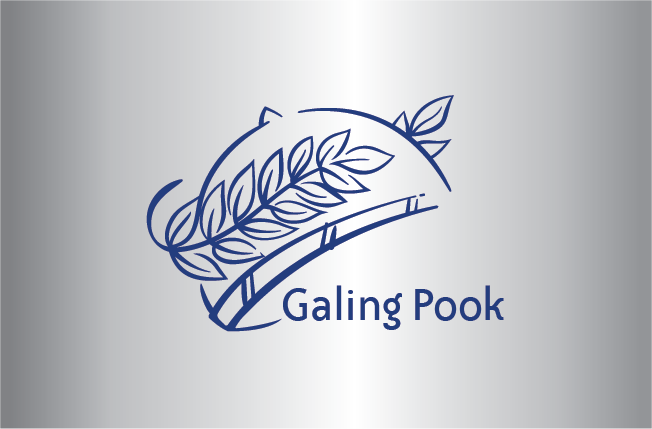
Upland Sustainable Agri-forestry Development Convergence Program
Province of Agusan del Sur
2021
In order to alleviate poverty in Agusan del Sur, the Upland Sustainable Agri-forestry Development Convergence Program or USAD Program was conceptualized and implemented. It became the flagship program of the Provincial Government of Agusan del Sur that converged the programs, projects, and activities of national government agencies and the LGUs. It aimed to protect and conserve the upland’s natural resources; create and increase income through sustainable farming and livelihood; reduce poverty incidence in the upland barangays; and empower upland farmers and upland communities.
USAD was launched in six barangays in 2013 beginning with 265 farmer enrollees given three commodities. The number of commodities has since expanded to ten including high value commodities and livestock, and the number of farmer enrollees has increased to 5,062.
Farmer enrollees are chosen based on the following: willingness to participate in the program, site accessibility, and commitment to provide counterparts such as but not limited to labor, land, and time. Farmers who did not have their own land were able to join by renting land with other farmers which only cost the farmers 10% of the gross income of every harvest as payment. The program resulted in self-reliant farmers who were able to provide the basic needs of their family.
Brgy. San Patricio, La Paz was the poorest barangay in the province in 2012 mainly because of the armed conflict in the area. In 2014, it became an USAD barangay and through the USAD Program, roadshave been opened which became a gateway for the improvement of the barangay. Service deliverywas also enhanced, and insurgency was lessened. These helped stabilize road accessibility which improved the transportation of farm products.
In 2019, high value commodities (rubber, falcata, banana, cacao, and cutflowers) reached a total volume production of 532,361 MT. The government’s effort has encouraged the farmers to involve themselves with capacity development workshops conducted by the national government agencies, city and municipal LGUs as well as civil society organizations.
In order to ensure that the program was addressing poverty in the province, several measurements have been employed by the USAD Program. This includes a Community-Based Monitoring System (CBMS) which categorized the barangays into three ecosystems mainly: upland, lowland, and wetland. This became the basis of identification and selection of USAD farmer enrollees. In addition, it provided poverty data that informed planning and performance evaluation.
The program also utilized a Local Poverty Intensity Index which measures the level of poverty intensity using the CBMS and other local socio-economic indicators covering the four dimensions of poverty applied within the local context, mainly: hunger and deprivation, poor health, ignorance, and fear dimensions. In addition, the program also employed an USAD Farmer Enrollee’s Household Progress Report Card which provided information about the condition of the farmer’s household.
The program’s success can be attributed to the innovations initiated by the province. The program implemented the cloning of six cacao varieties which produced high-quality planting material that farmers could avail of at a low cost. Aside from this, the Cacao-Coconut intercropping system, also called “Kakaw sa Kadalanan” has showcased the viability of existing coconut potential for greater intercrop and diversification.
The USAD implementation became instrumental in reducing poverty incidence in the province which dropped from 45% in 2015 to 32.4% in 2018. In order to sustain the program, perennial and industrial seedlings have been provided.
To ensure the continuous supply of quality seedlings, the USAD Coordinating Unit has instituted a sapling nursery garden of rubber and cacao. Farmer enrollees were trained for falcata nursery that safeguards the seedlings, minimizing mortality due to stress in transportation, handling, and climate variation. Rubber seedling nurseries and budwood gardens were stationed in five locations in the province while clonal gardens were initiated by the Cacao Specialist of Agusan del Sur Association in partnership with various organizations.


